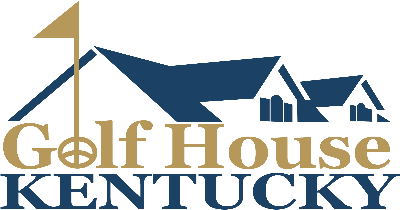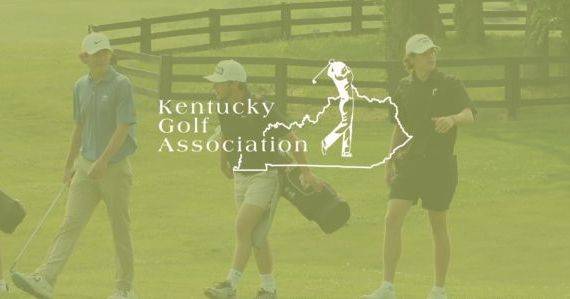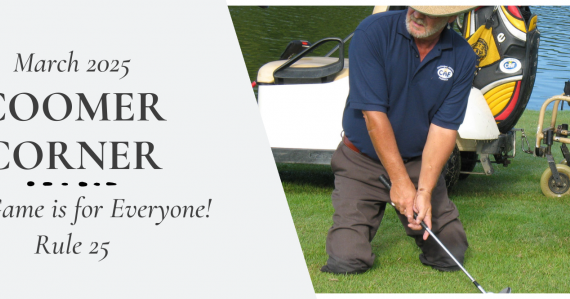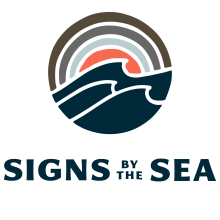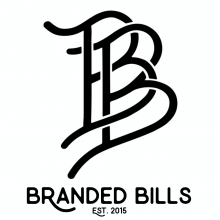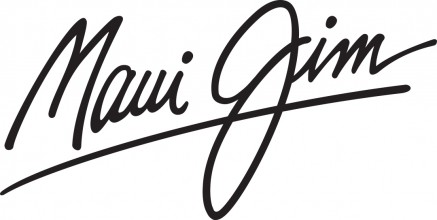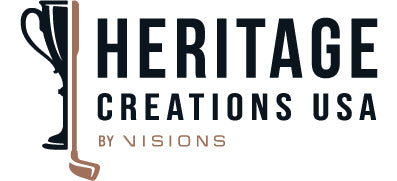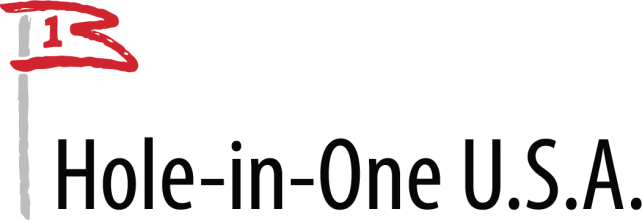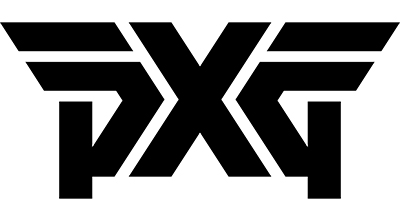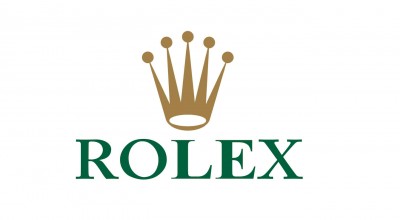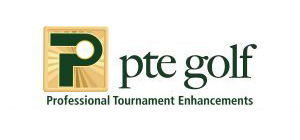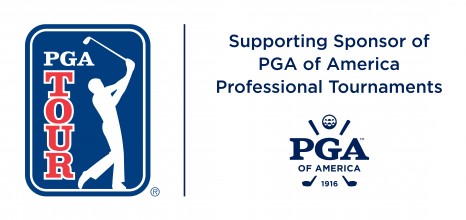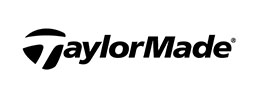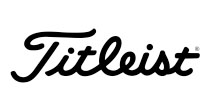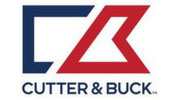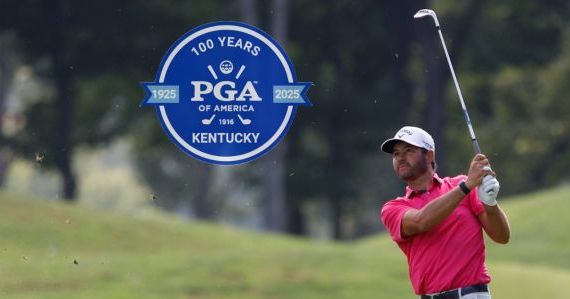
News
The Coomer Corner - You Have to Pay the Fine If You Do the Crime
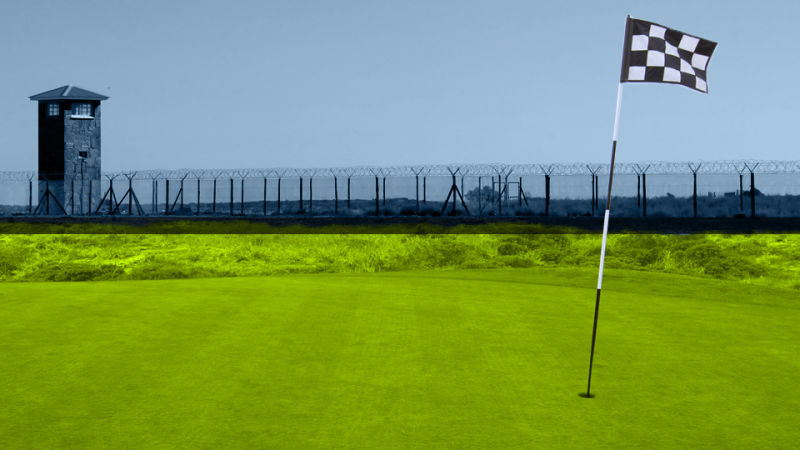
You Have to Pay the Fine If You Do the Crime
(Rules for the Game of Golf)
PENALTY (noun)
…….. penalties (plural noun)
-
a punishment imposed for breaking a law, rule, or contract:
"the charge carries a maximum penalty of ten years' imprisonment"
-
a disadvantage or unpleasant experience suffered as the result of an action or circumstance:
"the cold never leaves my bones these days—one of the penalties of age"
-
(in sports and games) a disadvantage or handicap imposed on a player or team, typically for infringement of rules.
“a kick or shot awarded to a team because of a serious infringement of the rules by an opponent: a penalty corner"
I find the English language dictionary quite fascinating at times. You can undertake a search and find multiple uses for the simplest of words, and then find them to be extremely different from one to another. Take the word penalty, or penalties, for example. The word's first definition includes a prison sentence or lifetime penalty, and what they may receive if convicted of certain crimes.
The next definition includes circumstances that lead to unpleasant experiences such as if your body suffers from illness or age-related circumstances, a penalty may be referred to as a handicap.
More fitting for this article would be a sports analogy that involves a player or team that has caused an infringement of the rules and is penalized with a certain amount of strokes or a disqualification for their actions.
Since the modernization of the rules of golf in 2019, there is less of a chance that golfers violate rules that can get you disqualified, thankfully, but we still see some trunk slammers leaving the property early! Let us dive into Rule 17, Penalty Areas, and see if we can avoid these disadvantages or unpleasant experiences.
Rule 17 – Penalty Areas (Purpose of the Rule) Rule 17 is a specific rule for penalty areas, which are bodies of water or other areas defined by the Committee where a ball is often lost or unable to be played. For one penalty stroke, players may use specific relief options to play a ball from outside the penalty area.
First of all, the Penalty Areas are color-coded! That means there are distinct colors for distinct types of penalty areas. There are the red penalty areas where the player has several options to take relief. These include stroke-and-distance, back-on-the-line and two club-lengths. We will look at each of these relief options closer in a moment.
Next is the yellow penalty area. There are only two relief options for this color: stroke-and-distance and back-on-the-line. You will find that Committees have decreased the number of penalty areas marked with yellow paint since the major changes to the rules.
Finally, although not used to define a penalty area, the color white designates other parts of the course where a decision is required to proceed with the next stroke. You may be inside an area marked in white that is ground under repair, an immovable obstruction or across a white line indicating out of bounds. So, know your color codes for a better understanding of the golf course.
Each relief option is defined as to where the relief starts and ends. Stroke-and-distance is an option to return to where the ball was last played, drop a ball, and make another attempt to advance the ball toward the hole. The ball must be dropped at a point that you determine to be nearest to where the previous stroke was made. If this procedure is not done correctly and the ball is played, there may be another penalty involved for playing from a wrong place (General penalty = 2 strokes).
If the player chooses the back-on-the-line option, they must determine where the ball last crossed over the margin, or colored line, of the penalty area and came to rest in the penalty area. Once that point is estimated, the player may proceed as far away from the penalty area as they wish but must drop a ball on a line that would extend from the hole (indicated by the flagstick) through where the ball crossed the colored line. Once the ball is dropped, it may roll up to one club-length in any direction except nearer the hole.
The next relief option is only available for penalty areas marked with red lines. The two-club-length option allows a player to drop a ball adjacent to the penalty area within two club lengths of where the ball crossed the red line, and the ball may not roll closer to the hole. The previous version of this rule allowed for what was known as opposite margin / equal distance, but that rule changed and is no longer an available option.
Do not forget that you are not required to take a penalty or use a relief procedure just because the ball is in a penalty area. You always have the “right” to play the ball as it lies no matter where it is located on the course, except for certain situations like in a No Play Zone. With the changes that were made in 2019, you are even allowed to treat penalty areas the same as you would in other general areas. You may ground your club, take practice swings, remove loose impediments, and almost anything else.
Our color code references include white lines but do not apply to this rule. Therefore, knowing what yellow and red lines mean in Rule 17, will provide you the best guidance when proceeding to take relief from Penalty Areas. You may experience playing a ball from a penalty area and coming to rest in the same or another penalty area. The rule book provides several graphics and guides for your next option to play or take relief.
I will not even try to research this fact, but I doubt that any golfer has ever gone an entire year, or month, or week without some type of penalty due to the ball finding its way into a penalty area. The best way to avoid penalty areas would be to play golf courses without them, of course! Even so, the best players and the worse players have the same experiences when it comes to errant shots. But I hope your golf ball stays dry and out of those nasty areas!

